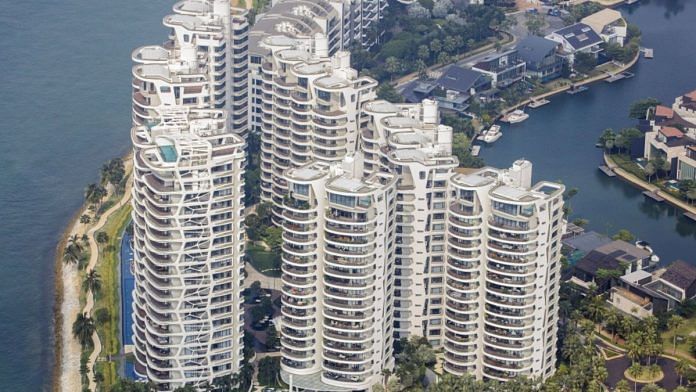Singapore: Singapore will this week lay out how it intends to roll back restrictions that had been imposed under a partial lockdown put in place since early April. Officials have said any lifting of restrictions will be done in a gradual and calibrated manner.
With two weeks to go before the city-state’s so-called “circuit breaker” draws to a close on June 1, there is criteria that needs to be fulfilled before key measures can be eased.
Here are some of them:
Work procedures
Businesses will need to adhere to a series of precautions before they can resume operations. They include implementing a system of safe-management measures, including appointing safe-management officers. They must also reduce physical interactions and ensure safe-distancing measures, such as allowing employees to work from home if possible and staggering work hours.
They would also need to support contact-tracing requirements, as well as require all on-site employees and visitors to wear masks. Companies need to ensure clean workplaces as well as implement health checks and protocols to manage potential cases.
“It will not be possible to save all the previous jobs but we must work hard to help our affected workers acquire new skills and transit to new jobs,” Singapore’s Minister for Trade and Industry Chan Chun Sing posted on Facebook on May 13.
Testing
As businesses in Singapore begin to reopen, the government plans to step up its testing capability and capacity, officials have said. The government is seeking to bolster its testing capacity fivefold, from about 8,000 a day to as many as 40,000 tests daily by later this year. All of the more than 300,000 foreign workers in the country’s dormitories will be tested as well, Wong said.
Besides the workers, the government also plans to progressively test all 16,000 seniors staying in nursing homes by early June, as well as 5,000 other residents and staff in welfare, shelter and adult disability homes.
Aside from these vulnerable groups, Singapore will also prioritize testing for frontline workers caring for infected patients, those with with respiratory illness as well as migrant workers where repeated tests are needed even though they’ve been cleared. Test kits will also have to be allocated for workers in essential services such as waste management, logistics and finance.
“Testing will be a national resource, which we will apply in a strategic way to ensure that Singapore is safe from the virus,” according to Wong on May 9.
Contact Tracing
Safe entry checks to supermarkets and malls was made compulsory from May 12. The government also said it is looking into more technology solutions such as an enhanced app or dongle to help with contact tracing.
Prime Minister Lee Hsien Loong has said that Singapore needs to make full use of information technology to combat the coronavirus outbreak, urging more residents to use its contact-tracing mobile app called TraceTogether. This was rolled out in March, but has been installed by 1.4 million users out of Singapore’s 5.7 million residents. And not all of them turned on Bluetooth, a prerequisite for the app to work.
Global Situation
The government will need to assess the situation globally, including that of individual countries to inform the extent and approach on re-opening Singapore’s borders, Gan has said. For any border re-opening, the Southeast Asian nation will likely “start small and selectively” and continue to impose a mix of isolation and test requirements, he said.
It is prepared to work bilaterally with countries and regions if there are sufficient precautions, such as testing before departure and upon arrival, according to Wong. Singapore will also take into consideration factors including infection rates in countries and the types of precautions in place. –Bloomberg
Also read: Why Singapore isn’t in a coronavirus lockdown — as told by a doctor of the country






